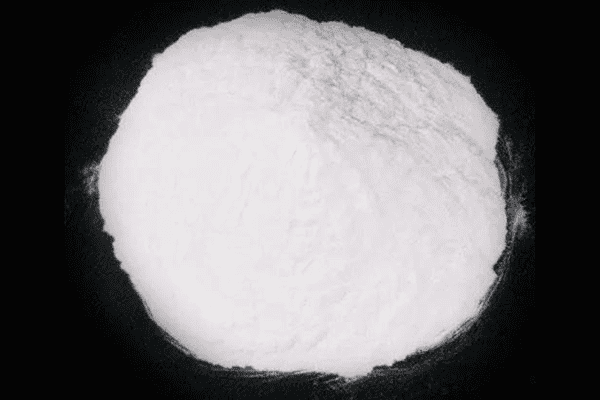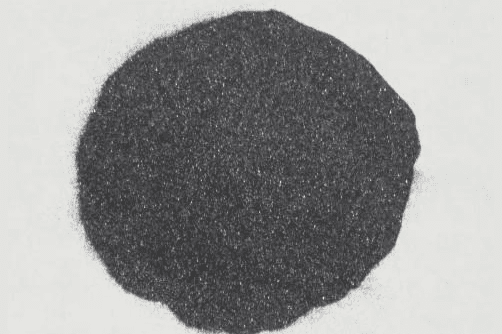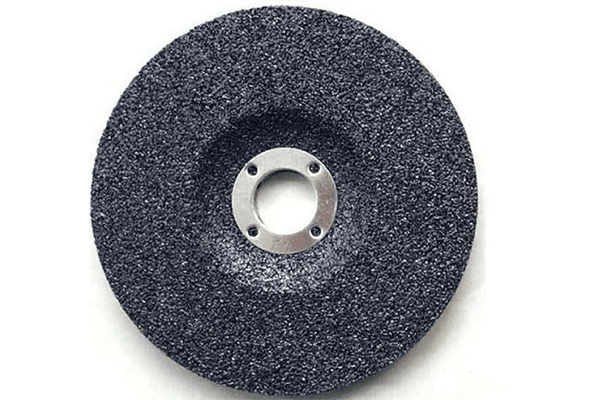Grinding is a method of cutting workpiece on a grinder with grinding wheel as cutting tool.

The characteristics of this method are as follows:
1. Because of the high hardness and heat resistance of grinding wheel abrasives, grinding can process materials with high hardness, such as hardened steel, cemented carbide, etc.
2. The characteristics of grinding wheel and grinding machine determine that the grinding process system can be used as uniform micro-cutting, generally ap=0.001~0.005mm; the grinding speed is very high, generally up to v=30~50m/s; the grinding machine has good stiffness; the hydraulic transmission is used, so the grinding can obtain high processing accuracy (IT6~IT5) and small surface roughness (Ra=0.8~0.2um). Grinding is one of the main methods of parts processing.
3. The temperature in the grinding zone is very high due to severe friction. This will cause stress and deformation of the workpiece, and even cause surface burns of the workpiece. Therefore, a large amount of coolant must be injected into the grinding process to reduce the grinding temperature. Coolant also acts as chip removal and lubrication
4. The radial force during grinding is very large. This will cause the elastic concession of the machine tool-grinding wheel-workpiece system, so that the actual depth of cut is less than the nominal depth. Therefore, when grinding is about to be completed, the cutter should not be turned off to eliminate errors.
5. After the abrasive grinding is blunt, the grinding force also increases, which causes the abrasive particles to break or fall off and re-expose the sharp edge. This characteristic becomes "self-sharpening". Self-sharpening makes grinding work normally in a certain period of time, but after a certain working time, it should be repaired manually to avoid vibration, noise and damage to the surface quality of the workpiece caused by the increase of grinding force.
Grinding wheel
Grinding wheel is a cutting tool for grinding. It consists of many small and hard abrasives and binders, which are made of many hollow objects. Abrasive particles directly bear the cutting work, must be sharp and have high hardness, heat resistance and a certain degree of toughness. The commonly used abrasives are alumina (also known as corundum) and silicon carbide.

Alumina
Alumina Abrasives have high hardness, good toughness and are suitable for grinding steel. Silicon carbide abrasives have higher hardness, sharper and better thermal conductivity, but they are brittle and suitable for grinding cast iron and cemented carbide.
The same abrasive grinding wheel, because of its different thickness, the surface roughness and processing efficiency of the workpiece after processing are different. The coarse abrasive is used for rough grinding. The finer the abrasive is, the coarser the abrasive is, the smaller the particle size is.
Binders act as bonding abrasives.
Ceramic binder is commonly used, followed by resin binder. Different binder selection affects the corrosion resistance, strength, heat resistance and toughness of grinding wheel.
The harder the abrasive bond is, the harder it is to fall off the grinding wheel. That is to say, the hardness of the grinding wheel refers to the degree to which the abrasive particles on the surface of the grinding wheel fall off under the action of external forces. Easy to fall off is called soft, and vice versa is called hard.


The hardness of grinding wheel and abrasive are two different concepts. The surface of the grinded workpiece is soft, and the edge (edge) of the abrasive particles is not easy to wear, so that the abrasive particles can be used for a longer time, that is to say, the grinding wheel with stronger bonding (the grinding wheel with higher hardness) can be selected. On the contrary, the grinding wheel with low hardness is suitable for grinding the workpiece with high hardness.
In order to ensure safety, grinding wheels should be inspected before installation, and there should be no cracks and other defects. In order to make grinding wheels work smoothly, dynamic balance test should be carried out before use.
When the grinding wheel works for a certain time, the surface voids will be blocked by debris, the sharp angle of the abrasive will be blunt, and the original geometric shape will be distorted. Therefore, it is necessary to trim to restore cutting ability and correct geometry. The grinding wheel needs to be trimmed with a diamond pen.

Structure and Grinding Motion of Surface Grinding Machine
There are many kinds of grinders, such as surface grinder, cylindrical grinder, internal grinder, universal cylindrical grinder (also can grind internal holes), gear grinder, thread grinder, guide rail grinder, centerless grinder (grinding external circle) and tool grinder (grinding tool). The surface grinder and its motion are introduced here.

1. The structure of surface grinder (taking M7120A as an example: M-grinder type machine tool; 71-horizontal axis moment table type surface grinder; 20-working table width 200 mm; A-the first major improvement).
(1) Grinding wheel rack - Install the grinding wheel and drive the wheel to rotate at high speed. The grinding wheel rack can move along the dovetail guide rail of the sliding seat manually or hydraulically in transverse clearance.
(2) Slide seat - install grinding wheel rack and drive grinding wheel rack to move up and down along column guide rail.
(3) Column - supporting sliding seat and grinding wheel frame.
(4) Workbench - Installation of workpiece and reciprocating linear motion driven by hydraulic system.
(5) Bed - supporting worktable and installing other parts.
(6) Coolant system - providing coolant (saponified oil) to the grinding zone.
(7) Hydraulic transmission system, which consists of:
1) Power components - oil pumps, hydraulic transmission system pressure oil supply;
2) Actuator - cylinder, driving the movement of worktable and other components;
3) Control elements - for all kinds of valves, control pressure, speed, direction, etc.
4) Auxiliary components, such as fuel tank, pressure gauge, etc.
Compared with mechanical transmission, hydraulic transmission has the advantages of smooth transmission, overload protection and stepless speed regulation in a wide range.
2. Plane grinding motion
(1) Main motion - high-speed rotating motion of grinding wheel.
(2) Feed movement
1) Longitudinal feed - the worktable drives the reciprocating linear motion of the workpiece;
2) Vertical feed - the movement of grinding wheel to the depth of workpiece;
3) Transverse feed-clearance movement of grinding wheel along its axis.
Post time: May-23-2019
